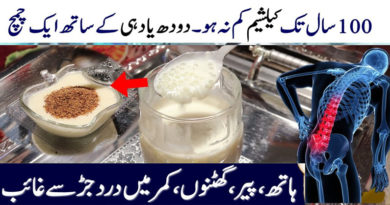Understanding Anemia: Causes and Symptoms of Red Blood Cell Deficiency
What is anemia?
Anemia occurs due to insufficient hemoglobin or red blood cells, crucial in transporting oxygen to the body’s cells. As a result, individuals with decreased hemoglobin levels experience anemia, leading to pale skin, weakness, and fatigue.
Anemia can manifest as a temporary or chronic condition. Minor cases can be managed through dietary adjustments, while more severe instances may necessitate medical intervention.
Signs and symptoms of anemia
The symptoms of anemia vary depending on its severity, rapidity of onset, and underlying causes. Additionally, the tolerance level of the child’s body for reduced hemoglobin plays a role. Common symptoms include:
- Yellowing of the skin: A result of the blood’s red color being affected by hemoglobin deficiency.
- Weakness and fatigue: Reduced oxygen levels lead to decreased strength.
- Breathlessness during exercise or physical activities due to insufficient oxygen supply.
Causes and types of anemia
There are many types of anemia that are recognized based on the causes
Nutritional anemia
Iron deficiency anemia is prevalent, as iron is essential for hemoglobin production. Infants who consume breast, formula, or pure cow’s milk are at a higher risk after six months. Introducing iron-rich formula becomes crucial if the baby hasn’t started solid foods.
Full-term mothers typically provide sufficient iron stores for their babies until they begin solid food consumption. Breast milk contains adequate iron, making it recommended alongside solid food from six months to two years.
Vitamin deficiency anemia results from inadequate folic acid, vitamin B12, or vitamin E. These nutrients are vital for hemoglobin synthesis.
Anemia due to a disease
1. Sickle cell anemia: A hereditary condition that deforms red blood cells, hindering their normal function and impeding oxygen supply to the body.
2. Anemia from chronic illness: Associated with conditions like kidney failure, cancer, or Crohn’s disease, it poses a risk factor. Additionally, it may contribute to autoimmune disorders such as lupus.
3. Pernicious anemia: A dangerous condition where the body fails to produce new blood cells. It can be present at birth, caused by bacterial infections or drug reactions, and occasionally serves as an early indication of leukemia.
4. Hemolytic anemia: Primarily resulting from genetic disorders, this type accelerates the abnormal breakdown of red blood cells.
Treatment of anemia
1. Medications: Iron-containing drugs and supplements, folic acid, and vitamin B12 supplements are commonly prescribed to address different types of anemia.
2. Dietary Changes: Increasing iron intake through iron-rich infant formula and a diet high in meat and green vegetables such as spinach, kale, cabbage, artichokes, or turnips can be beneficial. Children averse to meat can focus on consuming ample green vegetables.
3. Treatment for Anemia from Serious Illness: Blood transfusion may be necessary for certain anemias like hypoplastic anemia, thalassemia, and hemoglobinopathies. Medications to treat infections and therapies that stimulate the bone marrow to produce more blood cells are also employed. Spleen removal sometimes becomes necessary due to conditions like congenital jaundice or congenital anemia.
4. Bone Marrow Transplant: Severe cases of sickle cell anemia, thalassemia, and aplastic anemia may require a bone marrow transplant for treatment.


